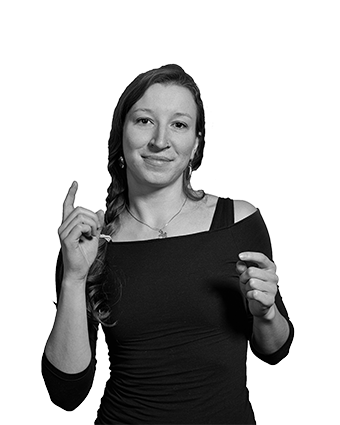One of the most famous images of Prague’s Jewish quarter is that of the tangled, overgrown tombs of its Old Jewish Cemetery. According to the travel magazine National Geographic, it is one of the ten most fascinating cemeteries in the world.
This place is full of picturesque corners and surrounded by many mysteries and secrets. It is, in fact, one of the most important surviving sites of Prague's Jewish heritage, where countless anonymous individuals rest alongside some of the most renowned figures of the city's Jewish community.
Prague’s Old Jewish Cemetery is one of the oldest Jewish necropolises in Europe, dating back to the first half of the 15th century. The oldest surviving stele, which dates back to 1439 and is extremely bare, marks the grave of the poet and great scholar Abigdor Karo. The last burial in the cemetery took place in 1787, before Joseph II’s imperial decree banning burials in the town centre.
There are around 12,000 gravestones from different eras huddled together in a very tight space in the cemetery. The number of buried bodies is even greater: even though the cemetery has been enlarged several times in the past, its surface area remained vastly insufficient for the Jewish community of the ghetto. As it was strictly forbidden to dig up buried bodies, the graves were crammed together, even piled up in several layers.
During the Renaissance, the most elaborate stelae bear the name of the deceased or symbols relating to their name or profession. More recent Baroque tombs are adorned with long inscriptions praising the virtues of the deceased.
Some of the most famous figures from Prague’s Jewish community buried here include
- the great religious scholar Judah Loew ben Bezalel, better known as Rabbi Löw, associated with the legend of the Golem (died in 1609)
- Jewish town mayor Mordechai Maisel (died 1601)
- the humanist scholar David Gans, historian, mathematician and astronomer (died 1613)
- the scholar and historian Joseph Solomon Delmedigo (died 1655)
- Rabbi David Oppenheim, collector of ancient Jewish manuscripts and works (died 1736)
The former Jewish cemetery is part of Prague’s Jewish Museum, which is accessible via a group ticket for the various synagogues in the district including the Old-New Synagogue.
Today, the cemetery is entered via the Pinkas Synagogue (where there is a Holocaust memorial) and exited between the Klausen Synagogue and the Ceremonial Hall.
To discover the history of the Old cemetery and the riches of Prague’s Jewish Quarter with an English-speaking guide, you can take advantage of a specialised tour with a private guide at your disposal.

